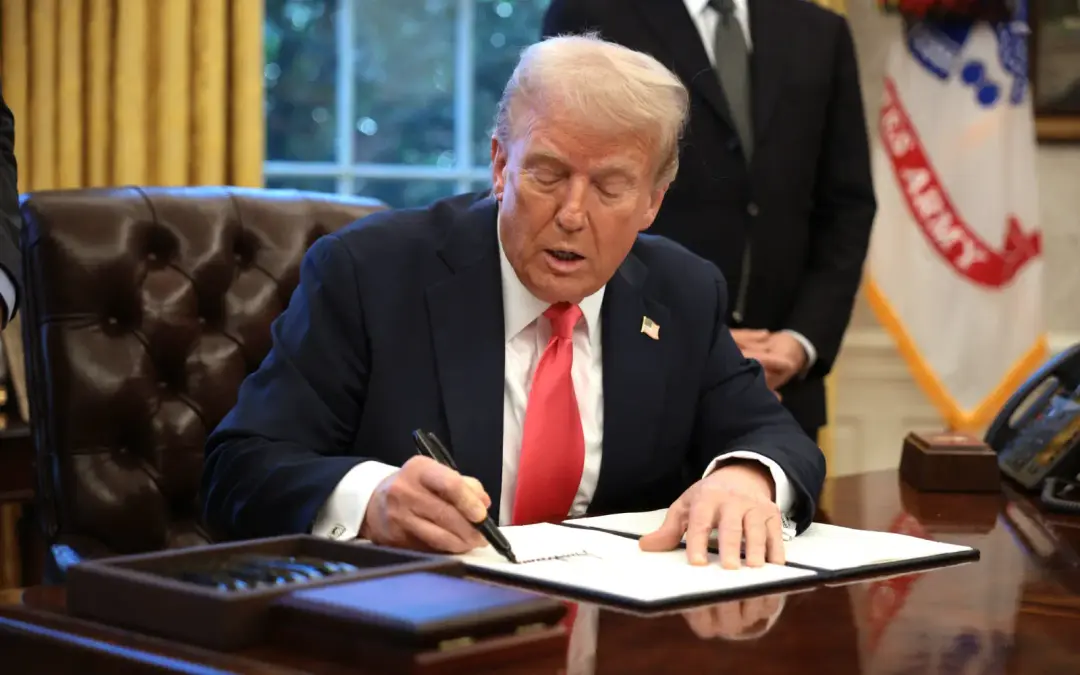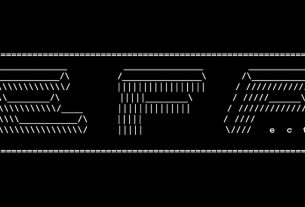📍 Washington, D.C. — July 7, 2025
President Donald Trump has signed a new executive order directing the U.S. Department of the Treasury to issue updated guidance on Foreign Entity of Concern (FEOC) restrictions and Investment Tax Credit (ITC) safe harbor rules within 45 days of the budget bill’s enactment. The move significantly shortens the original timeline, which had set a deadline of December 31, 2026.
🔍 Background and Scope The executive order, titled “Ending Market Distorting Subsidies for Unreliable, Foreign Controlled Energy Sources,” is part of the broader One Big Beautiful Bill Act (OBBA). While the OBBA did not eliminate clean energy tax credits outright, it expedited their phase-out, particularly for wind and solar projects.
The FEOC provisions are especially relevant for solar developers seeking the ITC starting January 1, 2026. These rules aim to prevent entities linked to foreign adversaries from benefiting from U.S. energy subsidies.
⚙️ Safe Harbor Implications The order may impact the utility-scale solar market’s ability to qualify for ITC or Production Tax Credit (PTC) incentives under existing safe harbor provisions, which allow projects to claim credits if they:
- Spend at least 5% of total project costs, or
- Complete significant physical work, such as installing racking systems
With the accelerated timeline, developers face uncertainty over whether these safe harbor pathways will remain viable under the revised guidance.
🏛️ Additional Directives The executive order also instructs the Department of the Interior to review its regulations and policies to determine whether they favor wind and solar over dispatchable energy sources like natural gas and nuclear. This review must also be completed within 45 days.
📉 Industry Reaction The solar industry, already grappling with the budget bill’s impact, is bracing for further regulatory tightening. Analysts warn that the compressed timeline could disrupt project planning and financing, especially for installations scheduled to begin construction later this year.
The Treasury Department has not yet released its updated guidance, but stakeholders expect clarification on FEOC definitions, compliance thresholds, and transitional rules in the coming weeks.



